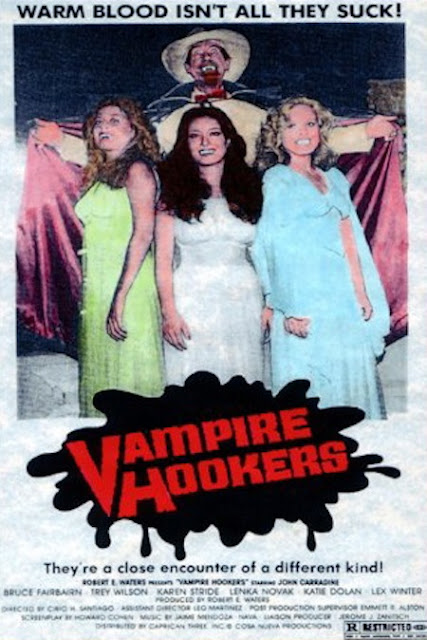Swedish director Ingmar
Bergman had such a consistent and singular voice that, generally speaking, even
his misfires feel like attempts at scaling the same thematic mountain atop
which he made his most important discoveries. Proving there’s an exception to
every rule is The Serpent’s Egg, one
of two English-language pictures that Bergman directed and the closest thing to
a Hollywood movie that Bergman ever made. Disjointed, meandering, and stiff,
the picture seems like one of Bergman’s signature psychological dramas until it
evolves (or devolves) into a conspiracy thriller with a hint of science
fiction. Worse, The Serpent’s Egg has
elements that are highly derivative of Bob Fosse’s extraordinary musical Cabaret (1972), even though Bergman was
usually an artist whom others emulated, not the other way around.
Reading about
the circumstances surrounding The
Serpent’s Egg provides some illumination, since Bergman was a tax exile
from Sweden at the time he collaborated on this picture with American star
David Carradine and Italian producer Dino Di Laurentiis. Sometimes,
less-than-ideal situations push artists toward unexpected creative
breakthroughs. In this case, it seems adversity bested Bergman.
In 1923
Germany, American circus acrobat Abel Rosenberg (Carradine) reels from the
suicide of his brother and performing partner, finding himself adrift and
nearly penniless in a foreign land at a time of growing anti-Semitism. Abel
finds comfort by spending time with his brother’s ex-wife, dancehall performer
Manuela (Liv Ullman), but fate appears to have chosen Abel for a punching bag.
As he wrestles with depression, looks for work, and half-heartedly investigates
his brother’s life and death, Abel has a number of strange and/or violent
encounters until discovering a conspiracy involving medical experimentation. As
in Cabaret, the idea is to foreshadow
the evil looming over Germany in the years preceding World War II. Yet while Cabaret found a perfect set of
characters and metaphors to illustrate the means by which a society succumbs to
tyranny, Bergman flails about while looking for something to ground his
slapped-together storyline.
At his best, Bergman created believably complicated
individuals and drilled down into their psyches—so to say that he’s out of his
element staging fist fights and mad-doctor scenes is to offer a considerable
understatement. Nonetheless, The
Serpent’s Egg looks as exquisite as any other Bergman production, mostly
because Bergman’s regular cinematographer, Sven Nykvist, creates remarkable
atmosphere and texture. Furthermore, Bergman’s muse, Ullman, renders a committed performance despite playing a role that borders on the nonsensical. As
for Carradine, he seems lost, with the script’s contrived scenarios and stilted
dialogue precluding him from manifesting his usual naturalism.
The Serpent’s Egg: FUNKY



















